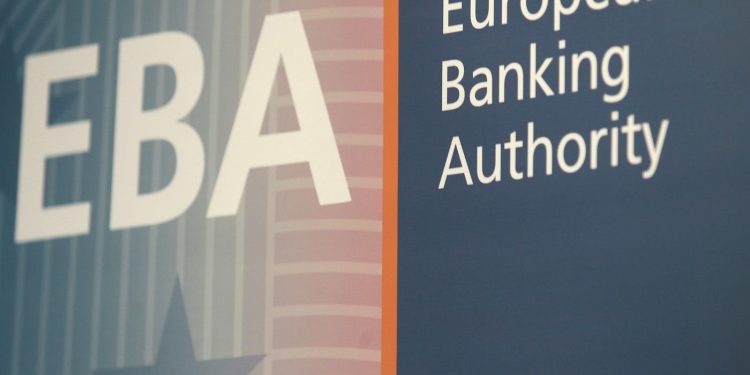Survey on Classification Methods for ESG Risk Exposures
The European Banking Authority (EBA) releases a survey on classification methods for ESG risk exposures, aiming to develop a standardized ESG risk exposure identification mechanism for the banking industry.
The European Banking Authority has previously released a draft on ESG risk management to help the banking industry identify, measure, manage and monitor ESG risks. The survey on classification methods for ESG risk exposures will serve as an important part of the prudential framework and be used in regulators’ stress testing and scenario analysis of climate-related financial risks.
Related Post: European Banking Authority Releases Drafts on ESG Risk Management

Contents of Survey on Classification Methods for ESG Risk Exposures
The survey on classification methods for ESG risk exposures is a voluntary survey and is designed for credit institutions operating in the EU. ESG risk exposures covered by the survey include corporate customers, retail customers and immovable property mortgage guarantees. This survey is divided into six parts. The contents of each part are as follows:
- Part 1: Basic information of credit institutions.
- Part 2: Basic information on classification methods for ESG risk exposures, such as the methods used by credit institutions to identify and quantify ESG risks, and how to apply this method in different industries and asset classes.
- Parts 3, 4, 5, and 6: The credit institutions’ ESG risk exposure on non-financial corporations (NFCs), retail small and medium-sized enterprises (SMEs), non-SMEs and households. Contents include identification methods for environmental, social and governance risks, indicators involved in physical risks and transformation risks, internal stress testing and scenario analysis methods, and methods to quantify these ESG risks.
Reference:
EBA Seeks Inputs on the Classification Methodologies for Exposures to ESG Risks








